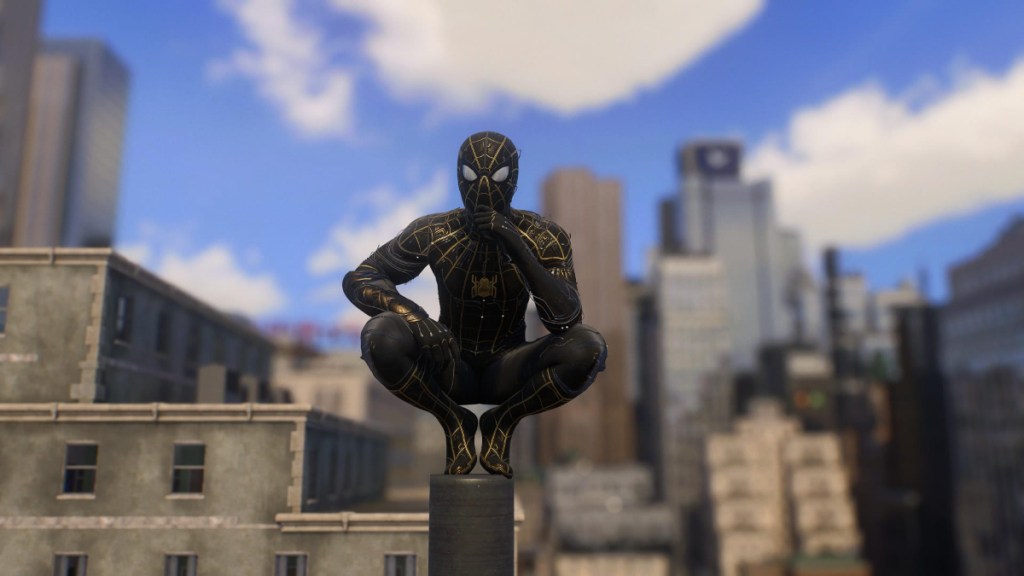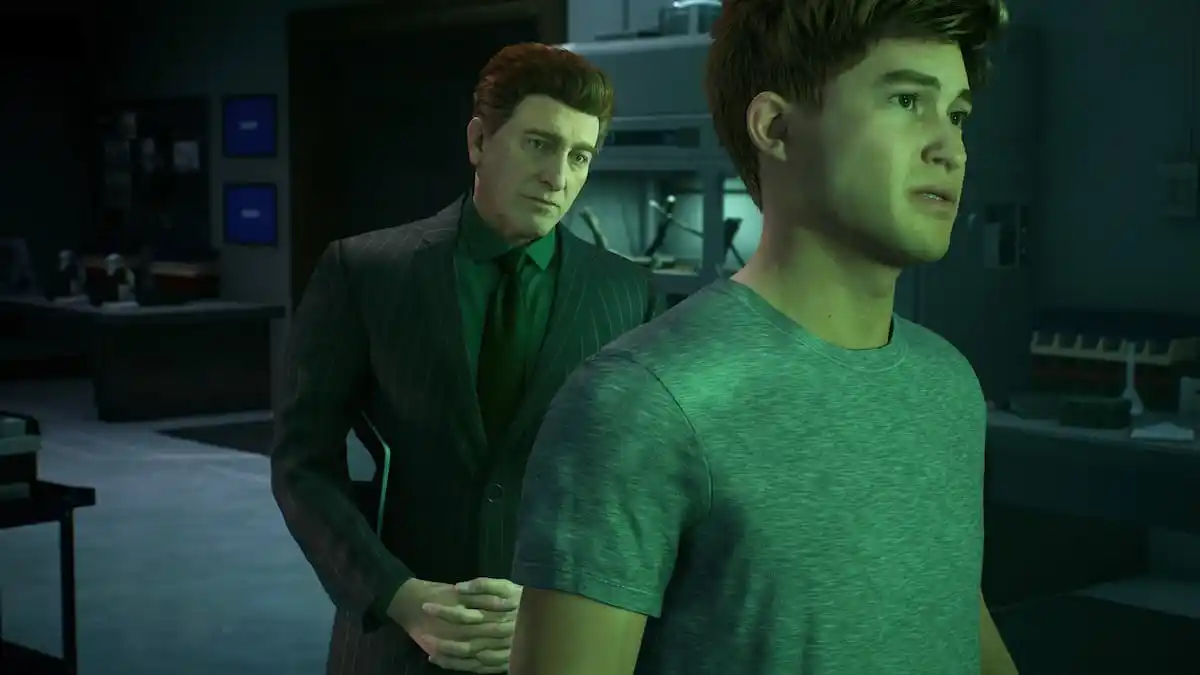In 2018, Insomniac Games was able to develop its own take on one of the cornerstones of the Marvel Universe. In Marvel’s Spider-Man, we see a rather pleasant cracked mirror, where a 25-year-old Peter Parker is in his purest state; he’s a loveable oaf who’s one wrong step away from eviction, yet seemingly positive through it all.
His close circle, however, is fairly different from the classic comic books. MJ is a journalist who has a deep desire to be independent, May runs a shelter to help homeless people, and Harry Osborne appears to be a soft-spoken, free spirit exploring Europe.
Throughout the course of the game, you begin to piece together via audio logs that Harry was not in Europe but instead dealing with an intense degenerative genetic condition that forced him into a medically induced coma. When you walk into Harry’s room, you see a hospital bed, a wheelchair in the corner, and personal notes about how Harry felt shame about not being honest with his friends.
At that moment, when I saw that scene for the first time, I fully broke down and cried for 20 minutes. As a wheelchair-bound man with cerebral palsy, I’ve never seen that kind of emotional representation in video games. Disabled people are usually cast as either frail sages or token characters that only you, the player, can help, with no desires of their own.
Related: 10 Best Suits in Marvel’s Spider-Man 2, Ranked
A Need is a Need

Harry’s story not only meant a lot to me, it clearly meant a lot to Insomniac. The very first frames of Marvel’s Spider-Man 2 let us know that Harry is being kept alive thanks to his father and the mysterious symbiote. While the game hints that Venom could become the hero he had been in the comics, Harry decides to give the symbiote to Peter after Peter is stabbed.
I believe the decision to give up the suit doesn’t come from Harry but The Symbiote. While Peter initially promises to do everything he can to help Harry get the suit back, Peter eventually refuses and even goes so far as to make fun of Harry’s need for pills without the symbiote. While the elements in play here are dramatic, this central theme remains a constant for many disabled adults.
We are often reliant on others to help us and develop hyper-specific routines around the caretakers in our lives. The struggle comes when any of that is disrupted by an outside force. If you rely on a caretaker to help you get dressed so you can go to work and they get sick, you then have to hope you’re in a situation where your boss doesn’t want to fire you.
Related: Is Marvel’s Spider-Man 2 The Best Rhythm Game of 2023?
When Harry declares that he needs the suit, Peter loses it. This is also a common pain point for disabled folks; if our tone of voice and delivery when asking for something, we are treated as a problem. What most folks can’t understand is that some of us are scared to ask for help because of the pushback we get.
Historically, we have been treated as radicals for asking for something as simple as accessible toilets, let alone asking for anything to meet our specific disability needs. We’re asked to sacrifice plastic straws to save the environment, even though a single mega-corporation like Coca-Cola or Amazon does more environmental damage than all of the plastic straws in the world combined.
Untangle the Web
Harry’s story is a story that can’t be fixed. In the closing moments of the game, Norman Osborn tells a lab assistant to ‘get the G-Serum ready.’ We already know what this means: Harry will be turned into the Green Goblin, likely without any say. And while I’m hoping Insomniac has the freedom to allow this character to live, I’m thankful that Insomniac chose to see Harry’s humanity, his genuine need for a thing that is trying to overtake him and understand that he is a victim of his surroundings, not a villain with vicious intent.
My genuine hope is that if you read this and come away with any sense of empathy for Harry, you understand that this situation might be happening to a disabled person you know. Stan Lee famously said that the Marvel Universe is right outside your window. And so are many disabled folks who just need someone to value them enough to include them in the conversation and not make decisions for them.







Published: Oct 31, 2023 11:08 am